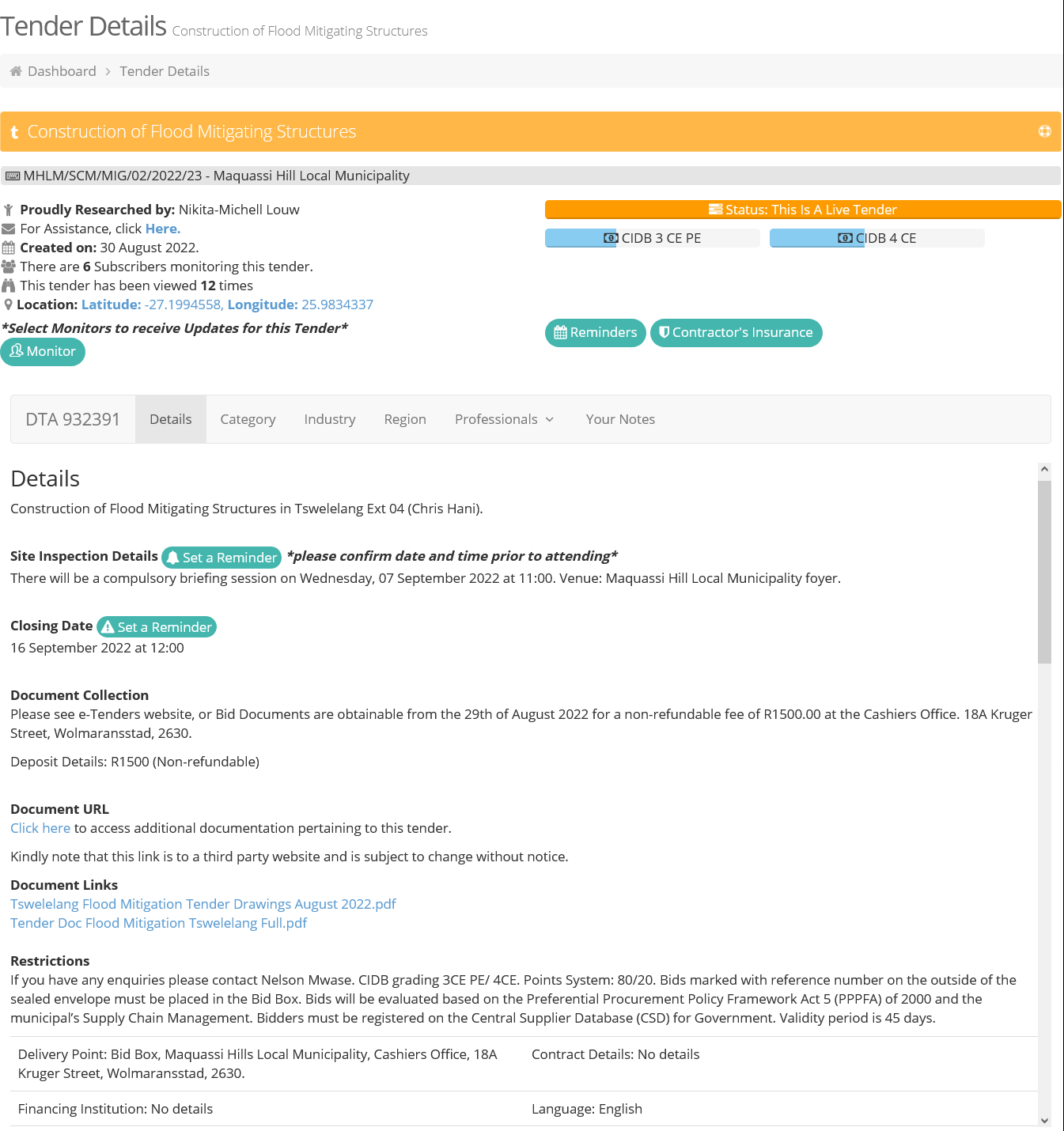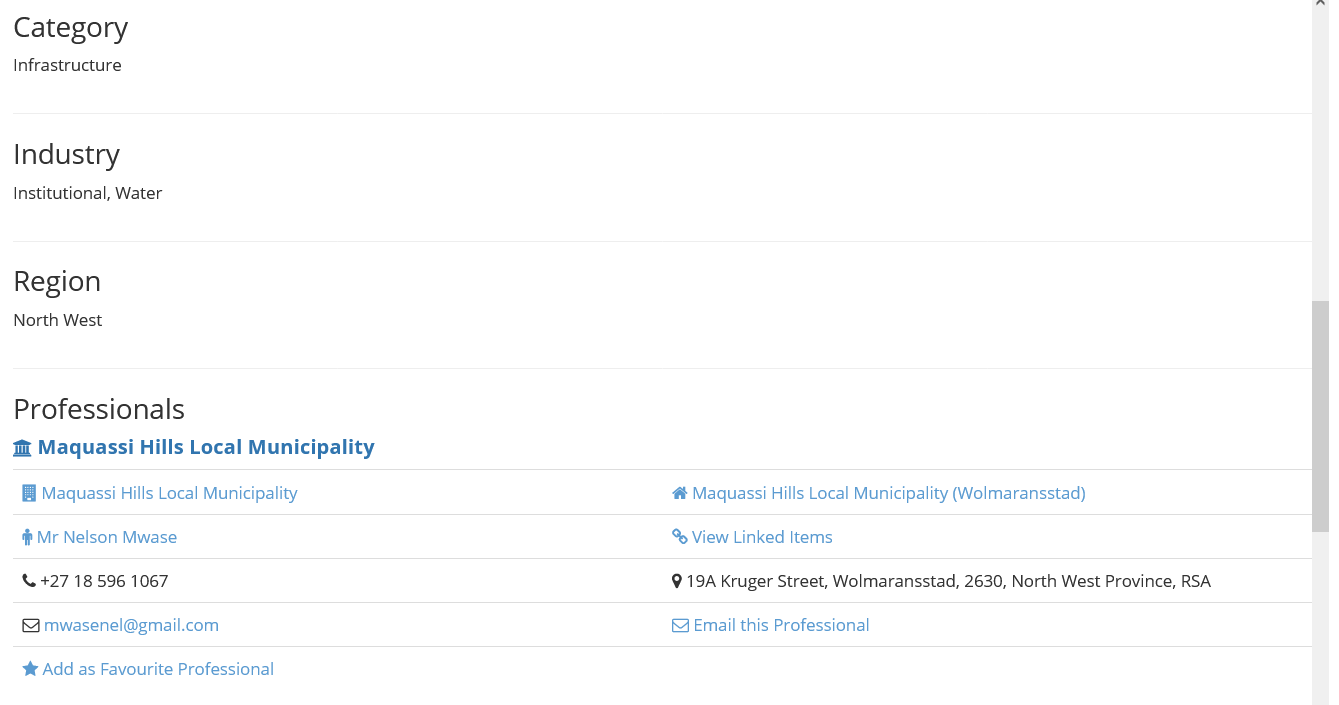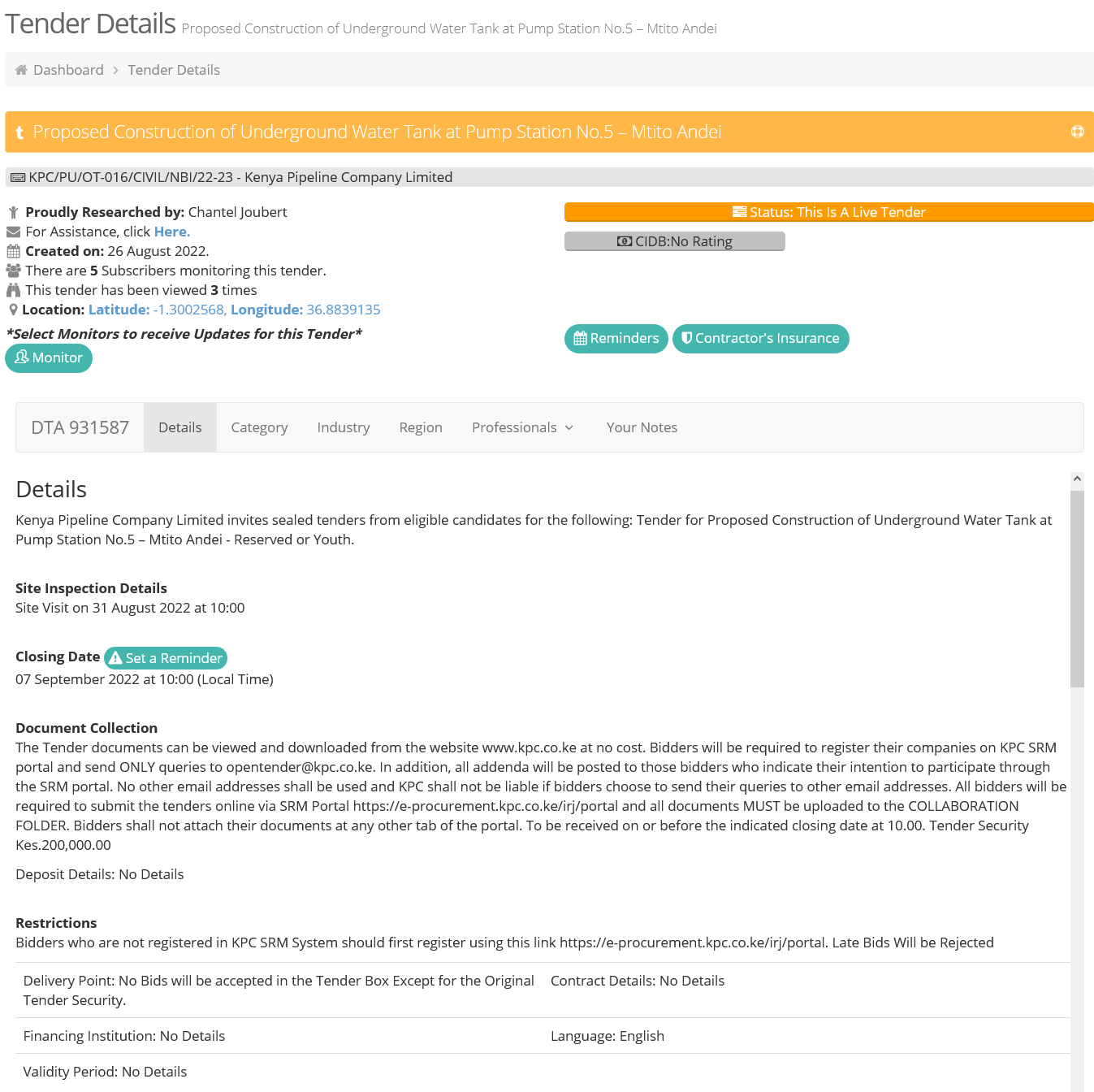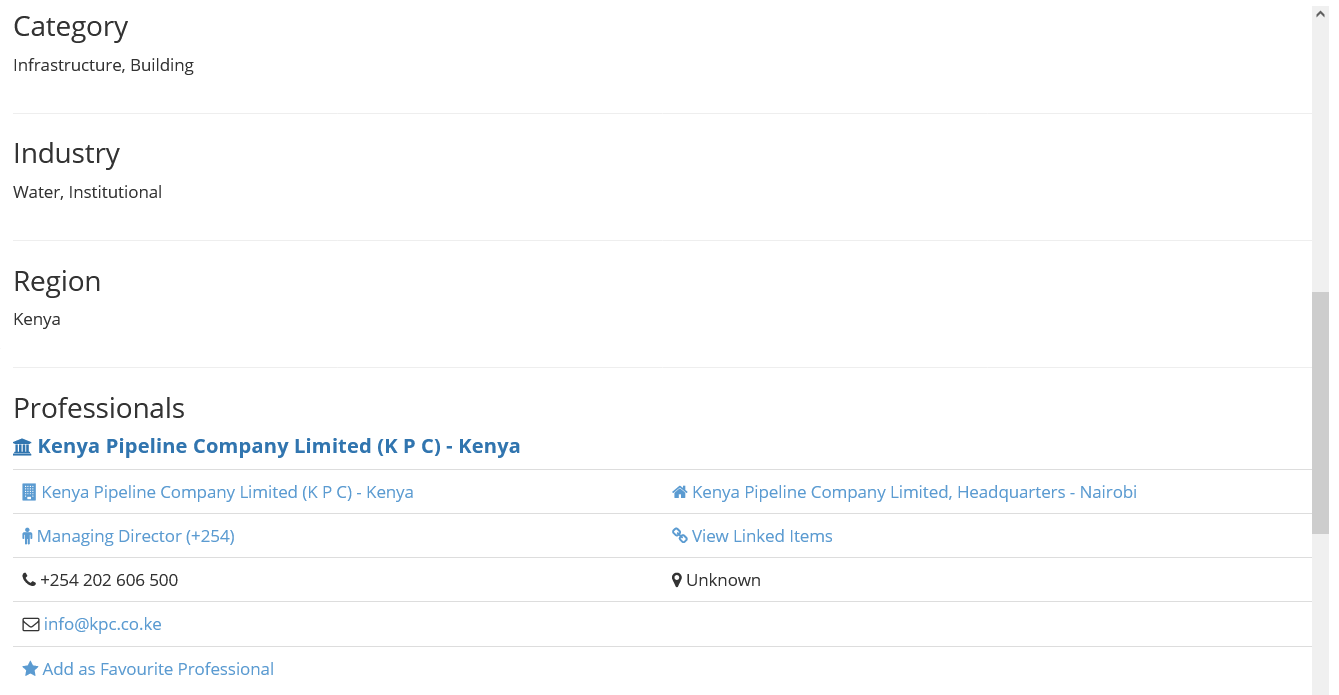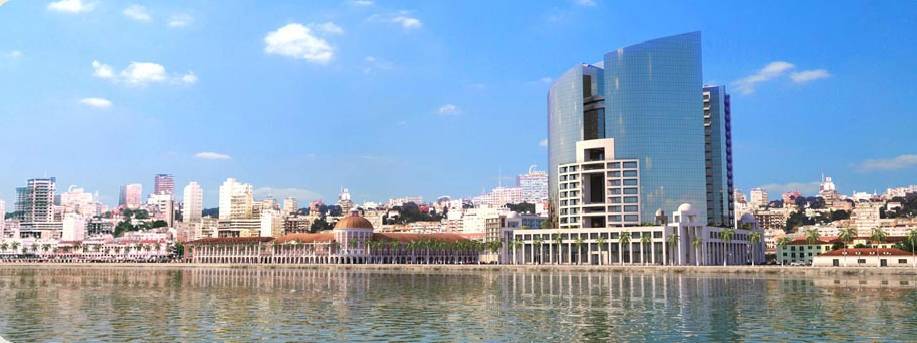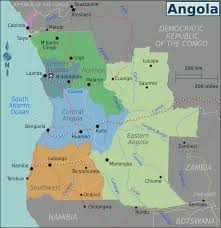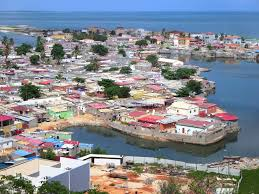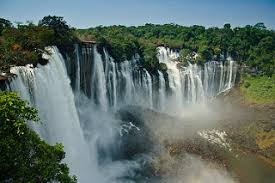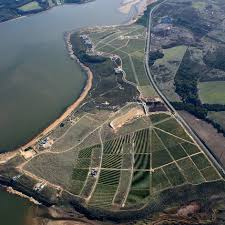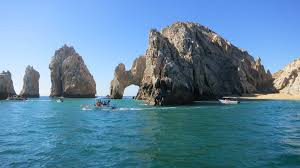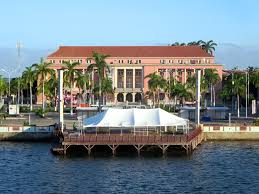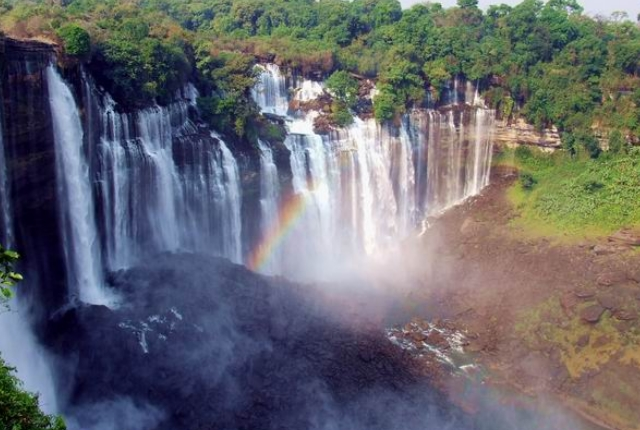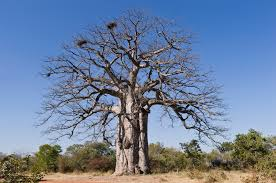Angola – DTA 971999

Contract Number:
AO-MINEA-GEPE-297776-NC-RFB – Ministry of Energy and Water (GEPE)
Description:
Project Id: P166805 – Loan No: IBRD-P4990 . The Ministry of Energy and Water has received financing from the World Bank toward the cost of the Electricity Sector Improvement Access Project (ESIAP), and intends to apply part of the proceeds toward payments under the contract for the Implementation of a Geospatial Network Information Management System. For this contract, the Borrower shall process the payments using the Direct Payment disbursement method, as defined in the World Bank’s Disbursement Guidelines for Investment Project Financing. The Ministry of Energy and Water through the Project Coordinating Unit (PCU) now invites sealed Bids from eligible Bidders for the Supply and installation of a Geospatial Network Information System. The system must provide an efficient tool for managing of assets: transmission lines, substations, transformers, circuit breakers, protective relaying, switch gears; resources (Staff, vehicles, tools, materials); planning and design (plan and design new assets); operations and maintenance (Schedule, type of maintenance and follow-up) based on a georeferenced inventory of the RNT’s assets. The quantity of the software is one (1No.) to be delivered in Luanda, at RNT within eight to ten (8-10) weeks. Bidding will be conducted through international competitive procurement using a Request for Bids (RFB) as specified in the World Bank’s “Procurement Regulations for IPF Borrowers -” World Bank’s “Procurement Regulations for IPF Borrowers -” Procurement Regulations for IPF Borrowers, November 2020 (“Procurement Regulations”), as well as the “Guidelines on Prevention and Combating Fraud and Corruption in Projects Financed by IBRD Loans and IDA Credits and Grants”, dated 1 July 2016 and other provisions stipulated in the Loan Agreement and is open to all eligible Bidders as defined in the Procurement Regulations
| Category | Industry |
| IT & Telecom | Institutional |
| Region | Site Inspection |
| Angola | No Details |
| Closing Date | Contract Period |
| 19 July 2023 at 10:30 | No Details |
Please visit Leads 2 Business for more information on this Tender Notice.
If you are interested in becoming one of our subscribers, please visit Leads 2 Business.
For assistance on how to use our website, please visit Leads 2 Business Wiki.
To view more Featured Tenders, please visit our Leads 2 Business Blog.



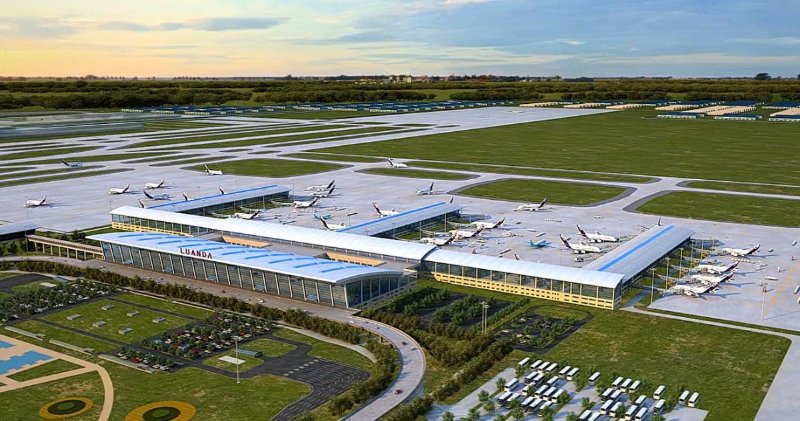
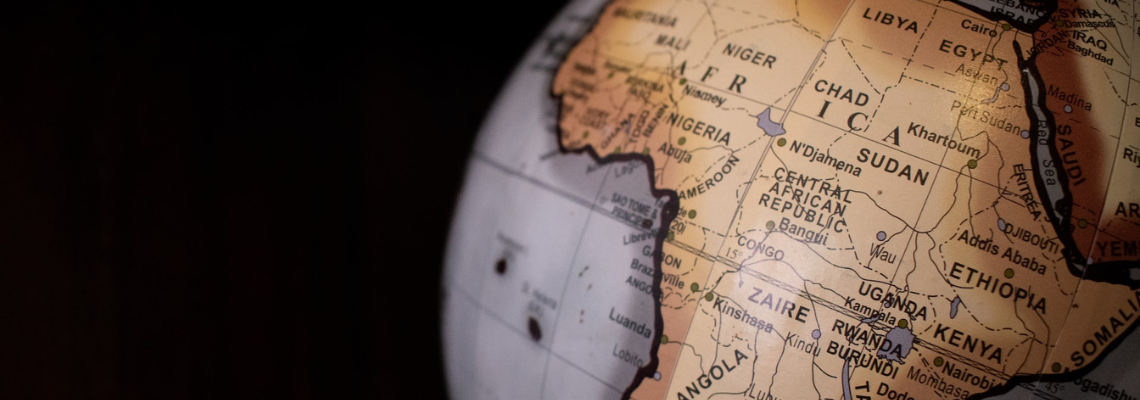 At Leads 2 Business we have two different research Departments in Tenders; South Africa and Africa.
At Leads 2 Business we have two different research Departments in Tenders; South Africa and Africa. 